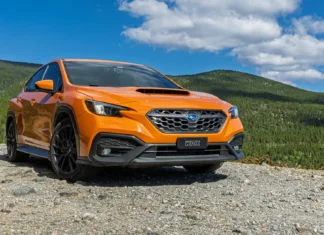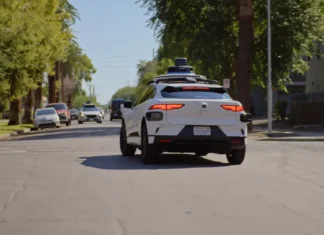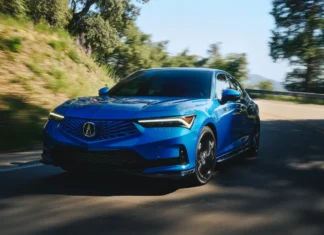Will the Kia Niro ace this challenge?
When we introduced the Loveland Trials — our test to see just how electric vehicles perform in real-world mountain driving — we used the 2019 Volkswagen e-Golf. While that EV wasn’t able to complete our test without charging due to its relatively small 35.8-kWh battery pack, things look much more promising with our latest contender: the 2019 Kia Niro EV.
Kia built the Niro model lineup on an electrified platform, so the shift to a full EV is a natural conclusion. Instead of an internal combustion engine aiding the electric motor, however, this car relies entirely upon its 64-kWh battery pack for power, and its single 201 horsepower electric motor for propulsion. Since it does have a much larger battery than our long-term e-Golf, the Niro EV does achieve an EPA rating of 239 miles. But how accurate is that range figure in real-world mountain driving?

About the Loveland Trials
From our office in Boulder, Colorado, we’ll drive the latest EVs to the top of Loveland Pass on the Continental Divide — a trip that’s about 80 miles one-way. However, there’s also an elevation gain of 6,000 feet along that journey, forcing any EV to expend more of its energy handling the tough includes. However, it also tests the electric car’s ability to regenerate energy on the way back down. Put them together, and most of today’s electric cars should be able to manage the journey to Loveland Pass and back to Boulder on a single charge. We’re also judging its livability by just how quickly you can charge it using DC fast charging should the need arise.
Scoring system
We’re scoring the Loveland Trials in three main categories:
- Effective Range = 300 miles after Trials (30 points)
- 10 points off for every 100 miles under 300 after the Loveland Trials
- i.e. 300 = 30; 200 = 20; 100 = 10
- Charging Capability = 80% SoC in 5 minutes (30 points)
- 5 points off for every 10 minutes over up to an hour
- Anything over 1 hour = automatic fail
- Autonomous Driving = Level 5 (total autonomy) (30 points)
- 6 points for each ‘level’ under L5
- i.e. Level 1 (lane keep, adaptive cruise control) = 6 points
- Last 10 points are subjective
On that last part, autonomous capability is also an inevitable part of our driving future. Eventually, that “driving” part will be elective, but for now we humans still have to maintain control. As such, modern EVs can’t get a perfect score on this test just yet. However, as we inch near Level 5 (or complete autonomy), new electric cars will score highly on this test.
500 miles of total range is the ideal for our Loveland Trials EV testing. Mind you, we’re considering future electric cars for this test as well as current ones, so this takes into account future improvements in battery technology. On the 160-mile trip, if the electric car still has more than 300 miles remaining, then it will get a perfect score, as it has over 500 miles. Anything less than that, and we start knocking off points.
When it comes to charging capability, the main factor that will get people to switch over to EVs is how quickly the system can replenish the battery. Right now DC fast charging is still too slow, with 50 kW systems taking over an hour to recharge a decently sized battery. Tesla’s Superchargers fare much better, and the stations are also improving over time. Cars like the Porsche Taycan charge much more rapidly, but are also ludicrously expensive at the moment. As infrastructure and charging times improve, living with an electric car will be no different than taking a conventional car to a gas station. Until then, though, dealing with long charging times will be an inconvenience.

2019 Kia Niro EV score
The 2019 Kia Niro EV is a much more practical choice for range than the Volkswagen e-Golf, but there are some points to consider that aren’t in the car’s favor. While it has the range for mountain driving, it is strictly a front-wheel drive vehicle. Winter tires will help with traction in rough conditions, but having an all-wheel drive option would be nice.

However, opting for an all-wheel drive dual motor system would further increase the Niro EV’s cost. It’s not exactly cheap to begin with, either, as prices start from $38,500 for the base EX trim. Our tester is the top-end EX Premium, which tops out over $46,000 including destination. Mind you, that’s before any available federal and state EV tax credits, but that’s still expensive for a subcompact crossover.
Ultimately, the 2019 Kia Niro used 113 miles of range, or 40 percent of its capacity making it to the top of Loveland Pass. It only used 12 percent of its capacity on the downhill return trip, though, meaning it has a respectable real-world range even in mountain driving. With our scoring system, the 2019 Kia Niro EV manages a 24.6 out of 100 points, a substantial improvement on the e-Golf.
Check out more on living with an electric car featuring the Kia Niro EV below!























